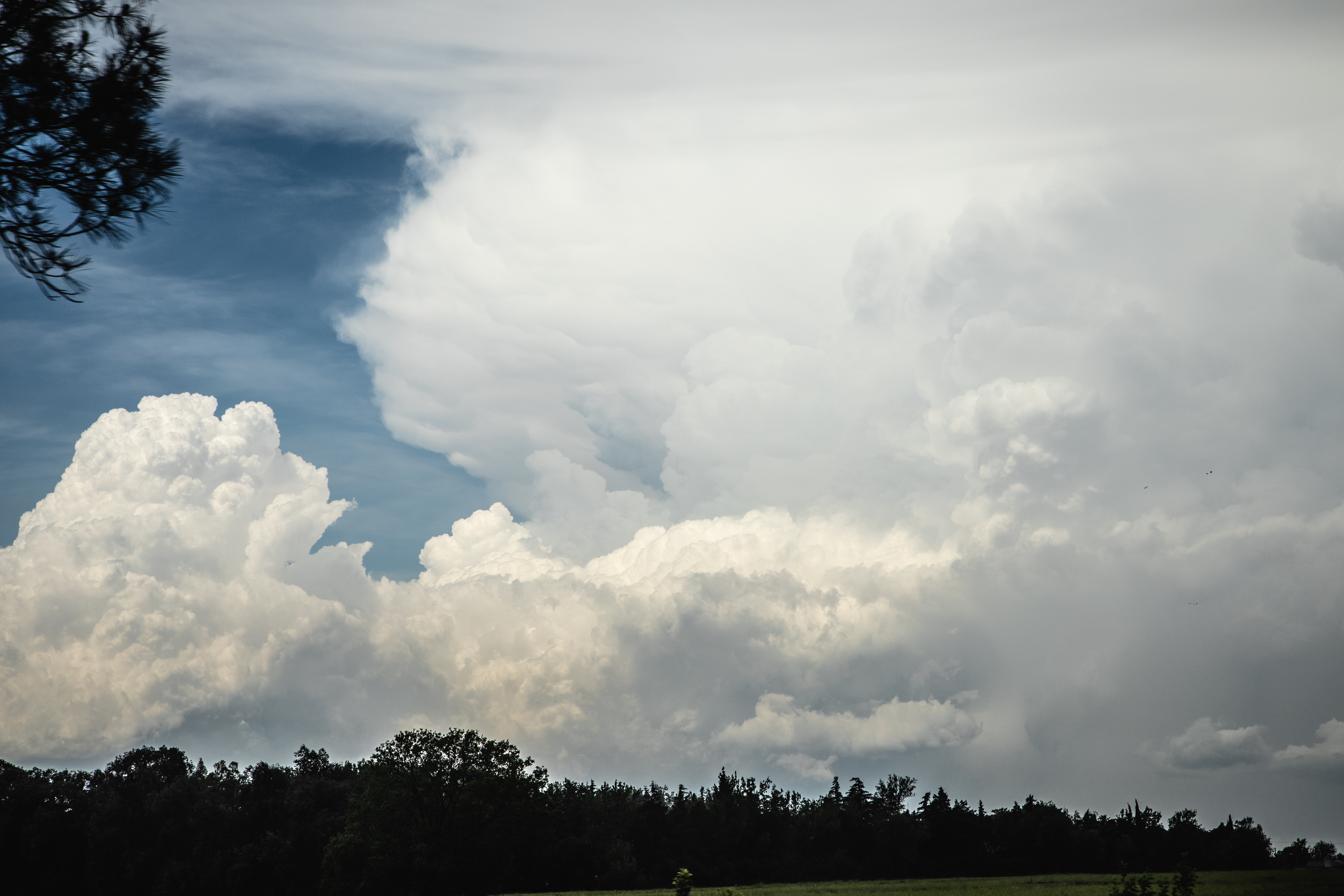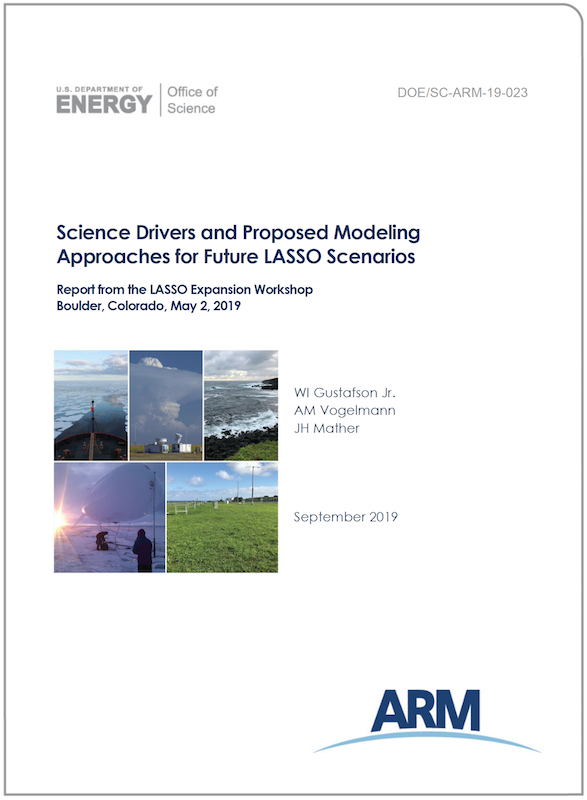CACTI Deep Convection Chosen for Next LASSO Scenario
Published: 9 January 2020
Editor’s note: William Gustafson, principal investigator for the Large-Eddy Simulation (LES) ARM Symbiotic Simulation and Observation (LASSO) activity, sent in this update.

I am excited to announce that after more than a year of discussion and community interaction, ARM leadership has decided which additional scenario to add to LASSO. Of the four scenarios discussed at the LASSO Expansion Workshop in May 2019, the LASSO team will next work on compiling a suite of observations and developing a model configuration for the Cloud, Aerosol, and Complex Terrain Interactions (CACTI) field campaign that occurred in Argentina from October 2018 through April 2019. This scenario will focus on deep convection with an emphasis on shallow-to-deep transitions and upscale growth from initiation to an organized storm system.
The first ARM Mobile Facility and G-1 airplane were deployed for CACTI to sample clouds near the Sierras de Córdoba mountain range. This region is known to have the some of the most intense convection in the world. Hail is common, and cloud tops measured with ARM’s precipitation radar topped 21 kilometers during the campaign.
The other three scenarios that have been under serious consideration for LASSO expansion are:
- maritime clouds during the Aerosol and Cloud Experiments in the Eastern North Atlantic (ACE-ENA) field campaign
- arctic clouds during the Multidisciplinary Drifting Observatory for the Study of Arctic Climate (MOSAiC) expedition
- clear-air turbulence and transitions within the boundary layer at the Southern Great Plains atmospheric observatory.
All of these scenarios would address important scientific areas in which the synergy between ARM observations and high-resolution modeling would make lasting impacts on the atmospheric research community.
We anticipate further expansion of LASSO to include these additional scenarios over the coming years. Additionally, lessons learned with the CACTI scenario will inform how we could apply LASSO to upcoming field campaigns, such as the Tracking Aerosol Convection interactions ExpeRiment (TRACER), and the Southeastern U.S. deployment of the third ARM Mobile Facility.
One of the primary reasons a CACTI scenario will be developed first is that the data are most ready for incorporation into the LASSO activity. Over the coming year, ARM intends to work through some of the open questions on the maritime and arctic scenarios, such as how to best obtain cloud condensation nuclei profiles to use in the large-eddy simulation model. Additionally, the observations are still being taken for MOSAiC, which will necessarily delay our ability to work with it for a little while.
ARM leadership and the LASSO team are still discerning an appropriate scope for the turbulence-related scenario, with questions about whether it should include a focus on the low-level jet and surface heterogeneity still being debated. Feedback from potential users would be great to help identify what types of simulations would get the most use.

More details about the planned CACTI scenario can be found in the ARM technical report documenting the LASSO Expansion Workshop. The discussion from the workshop forms the foundation for our approach to the scenario. Because of the need for a much larger domain to simulate deep convection, we anticipate being more selective when picking specific case dates. Many of these data are just becoming available, and we will be evaluating which days sampled storms of interest. The total number of cases will depend on the ultimate computational costs and number of ensemble members we use.
We look forward to digging into this new data set and developing this scenario. This is a great time for you to provide feedback on data needs or suggestions on specific model configuration details. Incorporating community requests now will be much easier than after we have begun firming up our data products.
I also want to thank all of you who have contributed to the decision process. Providing suggestions and science needs, attending breakout sessions, and devoting entire days to the expansion workshop are all examples of how community members have helped. LASSO would not be possible without strong community support.
Questions and thoughts about LASSO and its expansion can be directed to me and Andrew Vogelmann, LASSO co-principal investigator, at lasso@arm.gov. We are always excited to hear about how the LASSO data bundles are getting used!
Keep up with the Atmospheric Observer
Updates on ARM news, events, and opportunities delivered to your inbox
ARM User Profile
ARM welcomes users from all institutions and nations. A free ARM user account is needed to access ARM data.


















